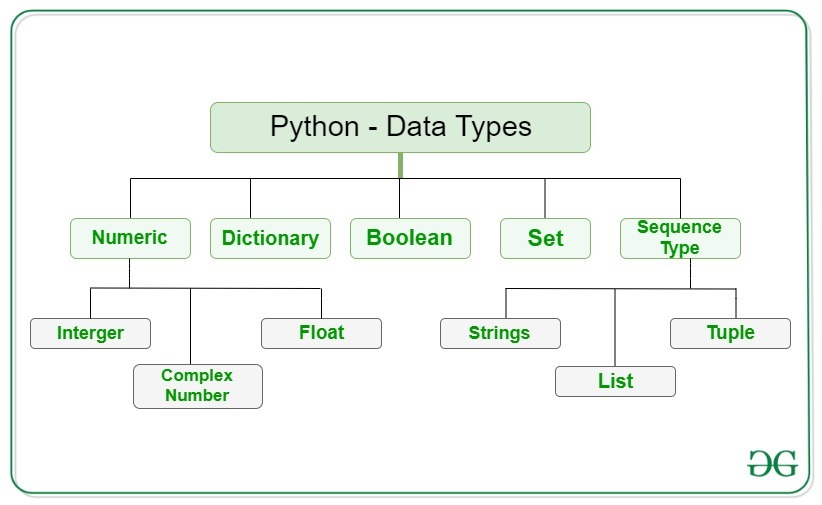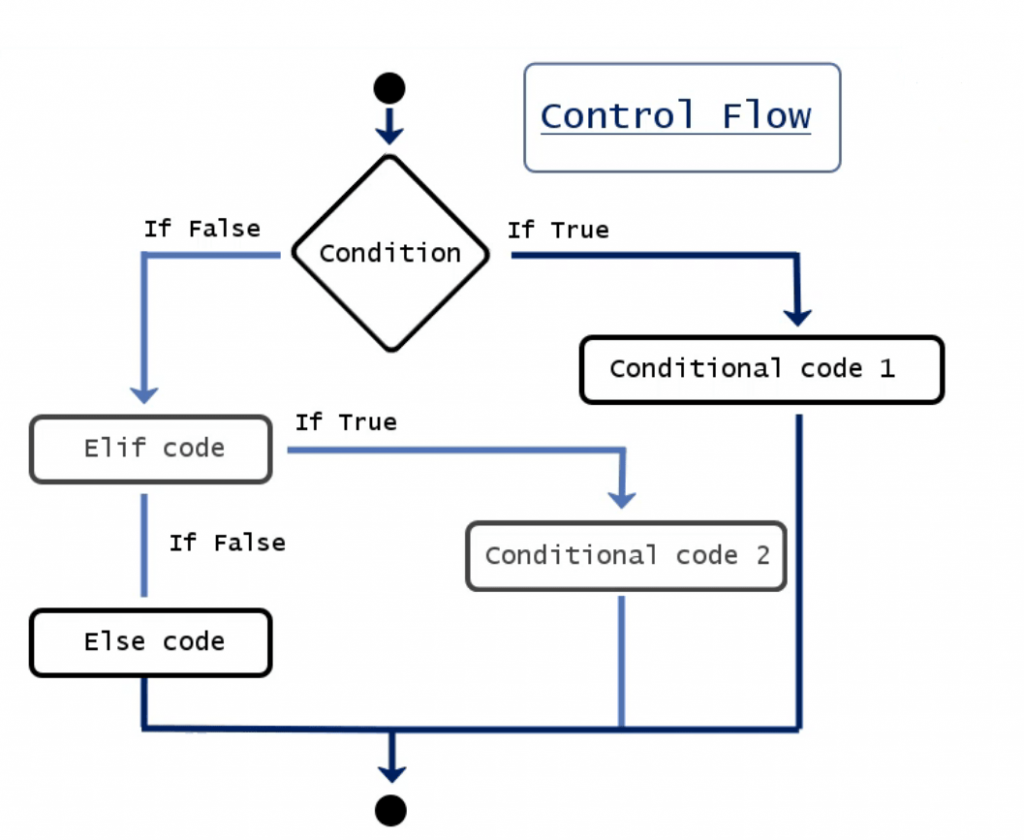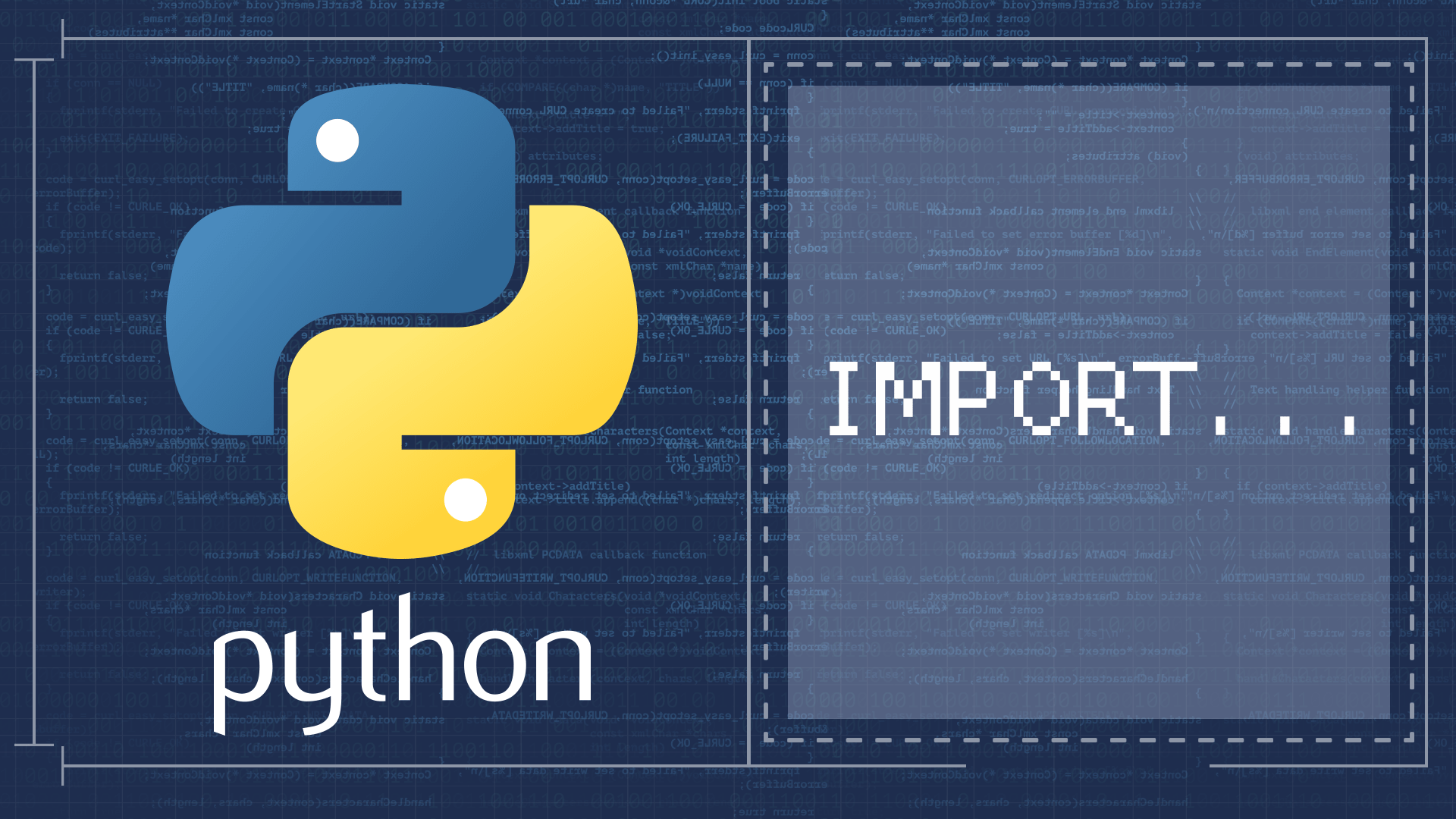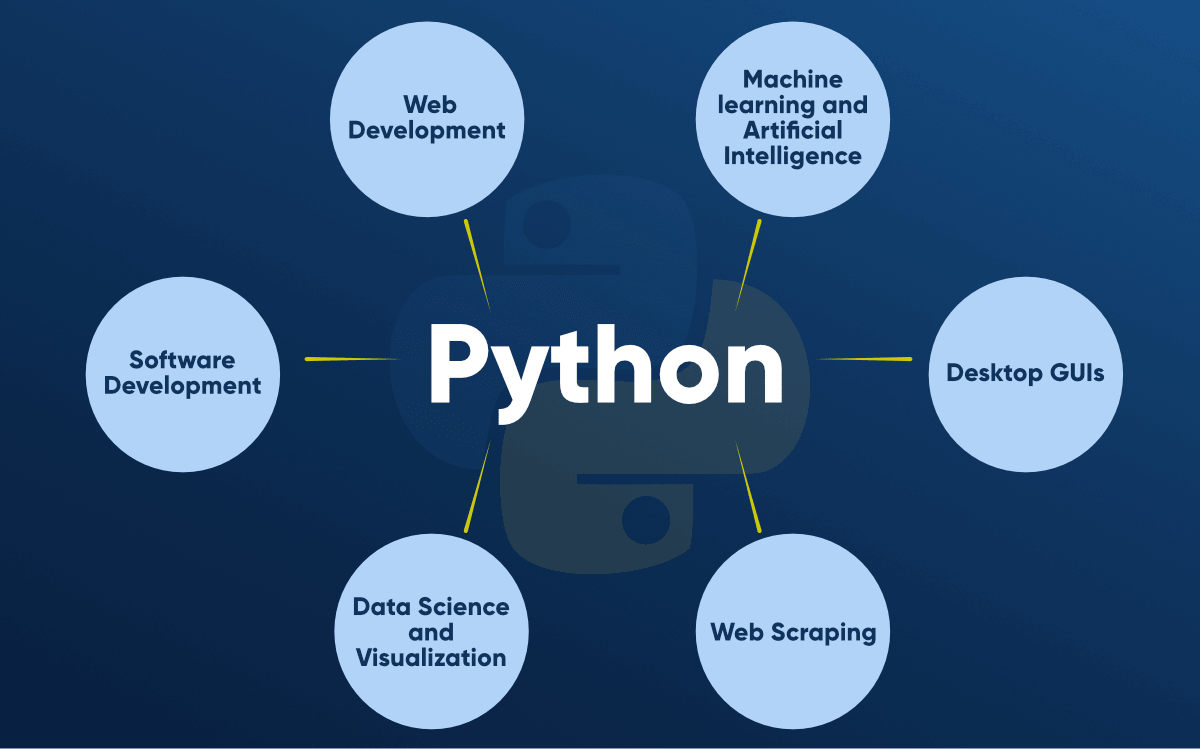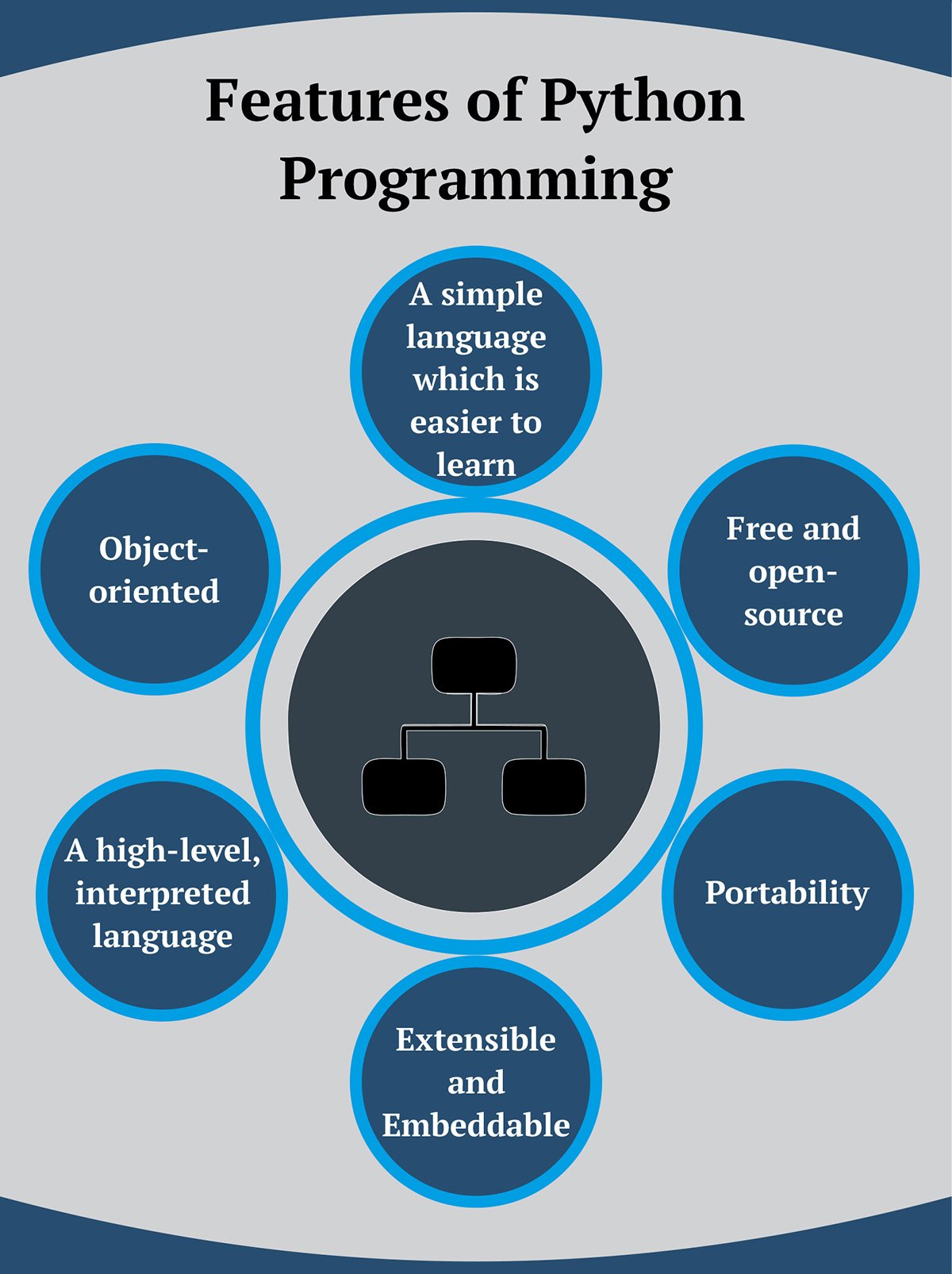Python Presentation
| Introduction to Python | ||
|---|---|---|
| Python is a high-level programming language that was created by Guido van Rossum in 1991. It is known for its simplicity and readability, making it a popular choice for beginners. Python supports multiple programming paradigms including procedural, object-oriented, and functional programming. | ||
| 1 | ||
| Key Features of Python | ||
|---|---|---|
| Python has a large standard library that provides ready-to-use modules for various tasks, reducing development time. It has dynamic typing and automatic memory management, allowing for faster development and easier debugging. Python is cross-platform, meaning it can run on different operating systems such as Windows, macOS, and Linux. | ||
| 2 | ||
| Python's Syntax | ||
|---|---|---|
| Python uses indentation to define blocks of code, making it more readable compared to languages that use braces or keywords. It has a simple and consistent syntax, which makes it easy to learn and understand. Python supports both single-line and multi-line comments, allowing developers to add explanatory notes to their code. | ||
| 3 | ||
| Python's Data Types | ||
|---|---|---|
| Python has built-in data types such as integers, floats, strings, booleans, lists, tuples, and dictionaries. It also supports advanced data types like sets and arrays through the use of libraries. Python allows developers to create their own custom data types using classes and objects. | ||
| 4 | ||
| Python's Control Flow | ||
|---|---|---|
| Python provides various control flow statements like if-else, for loops, while loops, and switch-case alternatives. It supports short-circuit evaluation, allowing for efficient conditional expressions. Python offers exception handling mechanisms to catch and handle errors gracefully. | ||
| 5 | ||
| Python's Functions and Modules | ||
|---|---|---|
| Python allows developers to define functions to encapsulate reusable blocks of code. It supports both built-in and user-defined functions. Python's module system enables code organization by grouping related functions and variables into separate files. | ||
| 6 | ||
| Python's Libraries and Frameworks | ||
|---|---|---|
| Python has a vast ecosystem of libraries and frameworks that extend its capabilities. Popular libraries like NumPy, pandas, and matplotlib provide powerful data manipulation and visualization tools. Frameworks like Django and Flask simplify web development by providing pre-built components and a clear structure. | ||
| 7 | ||
| Python's Applications | ||
|---|---|---|
| Python is widely used in scientific computing, data analysis, and machine learning due to its rich ecosystem of libraries. It is extensively used in web development for building dynamic websites and web applications. Python is also popular in automation, scripting, and system administration tasks. | ||
| 8 | ||
| Python's Future and Community | ||
|---|---|---|
| Python has a strong and active community that contributes to its development, documentation, and support. It continues to evolve with regular updates and new features being introduced. Python's popularity is growing steadily, making it a valuable skill for developers in various industries. | ||
| 9 | ||
| Conclusion | ||
|---|---|---|
| Python is a versatile and beginner-friendly programming language with a clear and readable syntax. Its extensive library ecosystem and large community make it suitable for a wide range of applications. Whether you are a beginner or an experienced developer, Python provides a powerful and enjoyable coding experience. | ||
| 10 | ||



